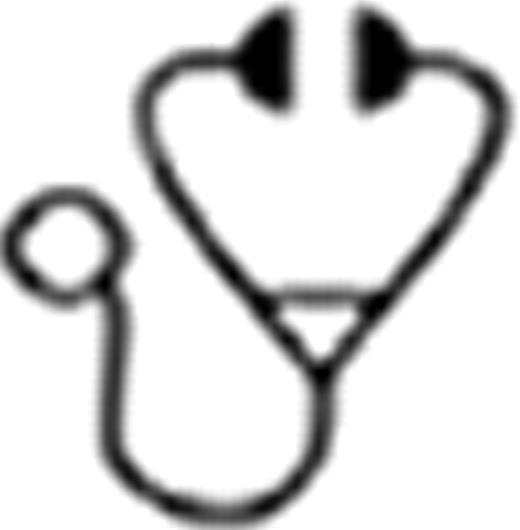Abstract
Abstract 166 FN2
FN2
In preparation for a trial for gene therapy of thalassemia, we investigated the safety and efficacy of stem cell mobilization in adult patients with severe thalassemia using either GCSF or Plerixafor. We first assessed mobilization with G-CSF or G-CSF following pretreatment with Hydroxyurea (HU). HU was used in non splenectomized patients in order to reduce extramedullary hemopoiesis in spleen and the splenic size and in splenectomized patients in order to decrease the high number of platelets and mainly WBCs before G-CSF, so as to reduce the chance of complicated leukocytosis during mobilization. We present data on 23 patients from the G-CSF study (EudraCT number 2005-000315-10, NCT00336362) and on 14 patients from the Plerixafor study (EudraCT number 2009–014136-37, NCT01206075). The bulk of the CD34+cell enriched leukaphereses product in either study was cryopreserved for the future gene therapy trial. Mobilization with G-CSF was safe and effective in non-splenectomized patients (CD34+cellsX106/kg/2aphereses: 6.67±2.87, n=6). HU+G-CSF-treated subjects (n=4), mobilized successfully only when an optimal wash out period of approximately two weeks was maintained before G-CSF administration (CD34+cellsX106/kg/2aphereses: 7.34±1.19 vs 1.86±0.76, respectively, p=0.03). HU reduced the spleen size before G-CSF (376±96cm3 vs 556±218cm3) and resulted in less splenic enlargement during mobilization as compared to non-HU pretreated subjects (26.8% vs 60%, p=0.1), although this difference did not reach statistical significance. Splenectomized patients responded excessively to G-CSF by developing early hyperleukocytosis (day 3 mean WBCs: 80.0±7.5×103/μl) without a corresponding rise in blood CD34+cells. This necessitated a significant G-CSF dose reduction or hold resulting in poor yields in the majority of cases (CD34+cells/kg/2aphereses: 2.0±1.7, n=4). One-month HU-pretreatment (n=9), prevented the G-CSF-associated hyperleukocytosis during mobilization (mean WBCs: 60.4±20.8×103/μl) allowing for safe and successful CD34+cell collections (CD34+cells/kg/2aphereses: 6.6±2.3, p=0.02 vs G-CSF-alone), but again, only when an optimal 2-week wash out period was maintained. Despite the safe and effective mobilization with the optimal HU+G-CSF combination of splenectomized patients, HU pretreatment significantly prolonged the mobilization procedure. Plerixafor induced a rapid and effective mobilization in both the splenectomized and non-splenectomized patients (CD34+celsX106/kg/1 or 2 aphereses: 7.29±1.82, n=8 and 5.38±1.99, n=6, respectively) and it was very well tolerated. In SPL subjects, the mean yield per apheresis with plerixafor was higher, with a trend to significance, over its G-CSF counterpart and similar to the mean yield obtained by the optimally HU+G-CSF-treated patients in the G-CSF study (CD34+cells/kgX106/apheresis: 4.19±3.13 vs 1.01±0.85 vs 3.32±1.16, p=0.06 and p=0.6 respectively). One patient who was remobilized with the combination of G-CSF+plerixafor due to previous failure to collect 32×106/kg/2aphereses with G-CSF-alone, yielded 6.5χ10^6 CD34+cells/kg by one apheresis. Importantly also for the non-SPL patients treated with plerixafor, a mean increase of splenic volume of 10.9±14.3% was encountered which was significantly lower than the 60% mean spleen volume increase during G-CSF mobilization (p=0.03). There was no significant difference in the clonogenic capacity (CFU-GM, BFU-E) of CD34+cells mobilized by G-CSF, HU+G-CSF or Plerixafor. However, there was a trend for Plerixafor to mobilize more primitive HSC subpopulations (CD34+/CD38−, CD34+/CD38−/HLADR−) as compared to HU+G-CSF- or G-CSF-alone-mobilized cells.
These results suggest that either G-CSF or Plerixafor could be used for mobilizing non-splenectomized patients. Plerixafor seems to represent the agent of choice for mobilization of splenectomized patients with thalassemia.
Off Label Use: Plerixafor is used off-label for mobilization of thalassemic subjects.
Author notes
Asterisk with author names denotes non-ASH members.

This icon denotes a clinically relevant abstract

This feature is available to Subscribers Only
Sign In or Create an Account Close Modal